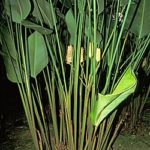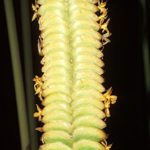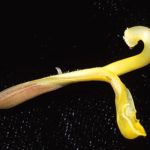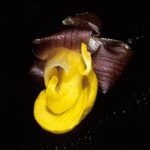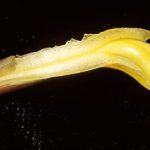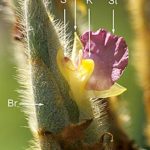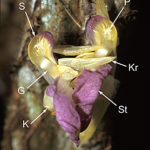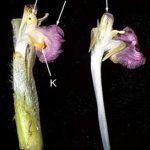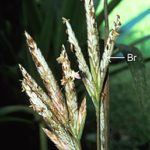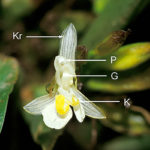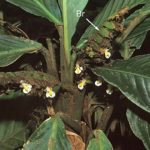Marantaceae are a pantropical family distributed in the understorey of tropical forests. Species are characterised by a spectacular pollen transfer mechanism mediated by an explosive style movement. Flowers are asymmetrical and have diversely shaped staminodes which attract pollinators and contribute to the rapid style movement.
In our project, we follow two main questions: How does the style movement work? Is the pollination mechanism a key innovation promoting speciation?
- Comparative-morphological and histological studies as well as electrophysiological and manipulative experiments have shown that the style bending is an exclusively physical movement. The style is hold under tension by the hooded staminode and released when a pollinator touches the trigger in the flower entrance. In a split second, foreign pollen is scraped from the proboscis or bill of the pollinator and own pollen placed at the same site.
- Phylogenetic analyses and field studies concerning pollination and sexual reproduction were predominantly conducted in African species. These are pollinated by bees and birds, are self-compatible and have extremely few pollen grains. As autogamy is largely prevented by herkogamy, the low pollen/ovule-ratio indicates the extremely high precision of pollen transfer.
Combining all data, it is likely that speciation in Marantaceae is mainly due to geographical and ethological isolation and not based on the pollen transfer mechanism.
